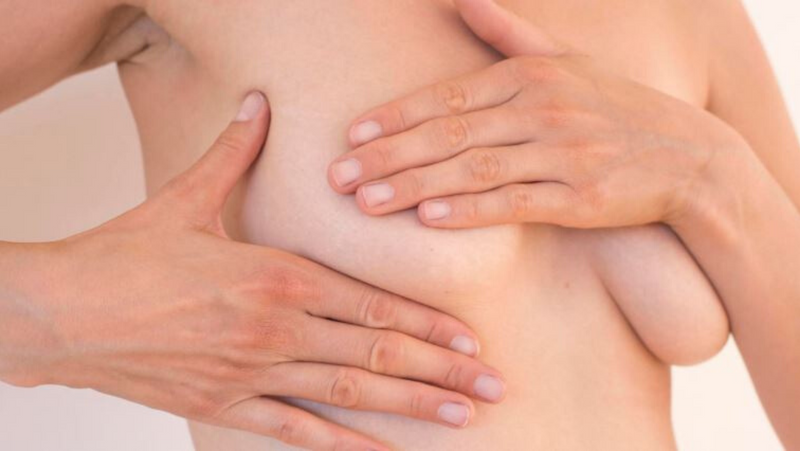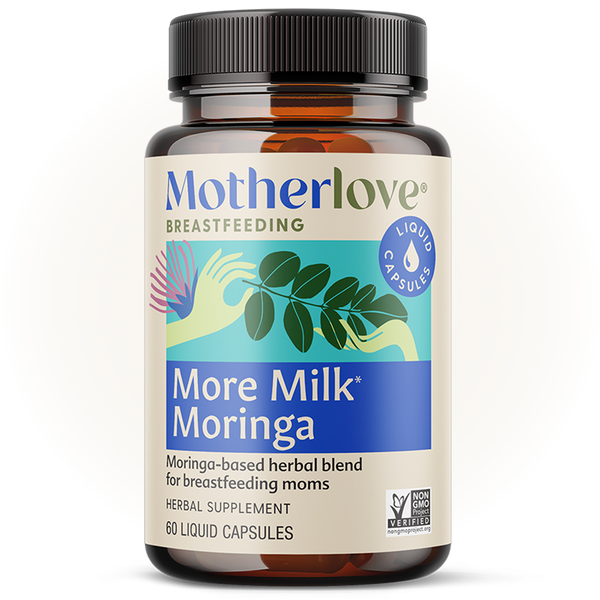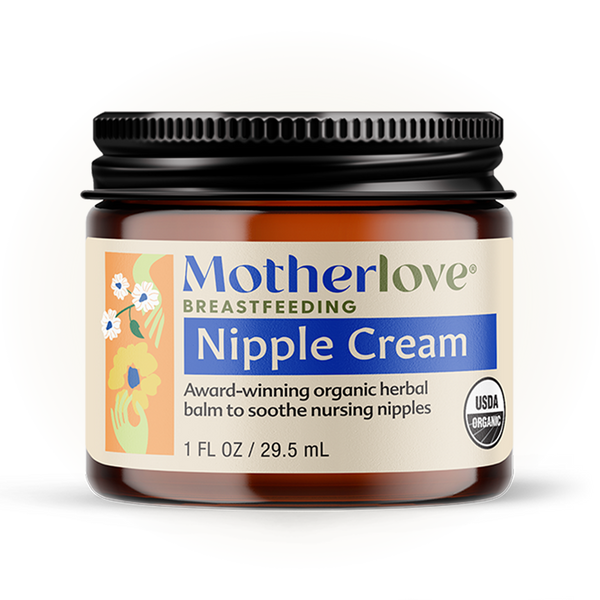MASTITIS IS NEVER FUN.
Pain, flu-like symptoms, and an often fussy baby make it one of the most dreaded breastfeeding problems. And to add insult to injury, when it's all over many moms discover that their milk supply on the affected breast has declined significantly.
HOW TO PROTECT AND REBUILD YOUR SUPPLY DURING AND AFTER MASTITIS:
1. Empty your breasts frequently.During the infection and treatment, nurse or pump as often as you can on the affected breast. Frequent milk removal is the most important factor in sustaining and rebuilding a milk supply. Frequent emptying will also keep milk moving – a key to preventing a recurrence when an infection starts as a plugged duct. Continue to feed or pump often on the affected side after the treatment has ended, and be vigilant about any congestion of milk in the area of infection, using massage and warmth to keep the milk moving during feeding and pumping.
2. Start on the affected side.
Begin each feeding on the affected breast. Babies nurse more vigorously and remove more milk on the first side. Just make sure that the other breast doesn't become overly full. If it does, nurse or pump a bit more on that breast to reduce the pressure.
3. Nurse or pump more often on the affected side.
See if you can squeeze in an extra feeding or pumping (or two!) each day on the affected side. If your baby is fussy on that breast, it may help to offer it in between feedings when he's less hungry and may have more patience for the lower volume of milk.
4. Compress your breast during feeding and pumping.
During nursing and pumping, use your hands to compress your breasts. This will result in more milk removal, which in turn will increase your supply. Remember that the emptier your breast is, the stronger the message to your body to produce more.
5. Pump the affected breast after feedings, especially using hands-on pumping.
Pumping for 5 to 10 minutes on the affected side after feedings work to increase milk supply. Especially helpful is a research-proven method for increasing milk supply called "hands-on pumping." Give it a try!
6. If your baby refuses the affected breast, pump as often as you would be feeding.
Sometimes babies refuse the breast that had the infection, usually because the supply has declined significantly. If your baby won't nurse on that side, it's critical that you work to maintain your supply. Pump (especially "hands-on pumping"), or try one of the other recommendations in our post on keeping up supply when your baby won't nurse.
7. Hold your baby skin-to-skin.
What breastfeeding list would be complete without a recommendation to hold babies skin-to-skin? Skin-to-skin contact boosts your milk-making hormones. And for babies who are refusing the affected breast, it's a great way to coax them back.
8. Consider a galactagogue.
Galactagogues like those found in our More Milk Moringa, More Milk Plus, and More Milk Special Blend may support the restoration of your milk supply after mastitis, especially when used along with frequent milk removal.
9. Restore your strength. Mastitis can take a big toll on your already tired, new-mom body. See what you can do to get more rest, including asking friends and family for help, and napping when your baby naps. Increase your intake of immune-boosting herbs and nutritional powerhouses like nettle and dandelion, and stay well hydrated.





